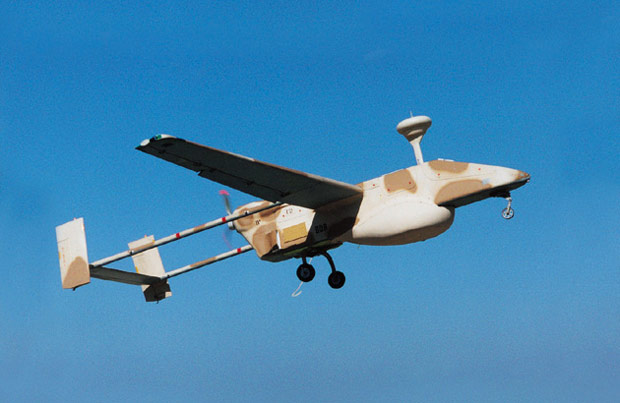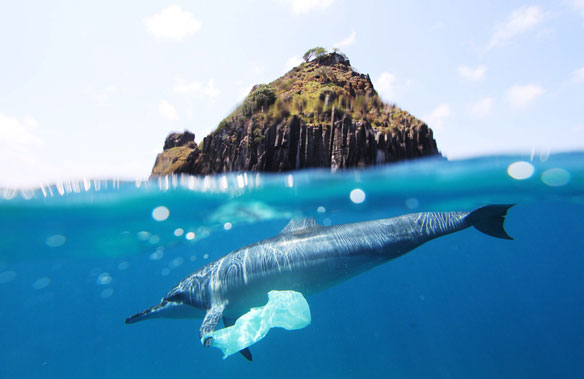The strict new federal standards limiting pollution from power plants are meant to safeguard human health. But they should have an important side benefit according to a study released on Tuesday: protection a broad array of wildlife that has been harmed by mercury emissions. Songbird and bats suffer from some of the same types of neurological disorders from mercury as humans especially children. Methyl mercury, the most toxic form of heavy metal was found to be at minimal risk. There have been studies to learn the amount of pollution and heavy metals in the atmosphere and the new studies have found dangerously high levels of mercury in several Northeastern bird species, including rusty blackbirds, saltmarsh sparrow and wood thrushes. In some older studies, zebra finches lost the ability to hit high notes in mating songs when mercury levels raised affecting reproduction.“We’re seeing many other species in a much larger landscape of harm from mercury,” said the principal author, David C. Evers, who is the institute’s executive director. He called the Environmental Protection Agency’s new mercury standards, adopted last month and scheduled to take effect over the next four years, “an excellent step forward in reducing and minimizing the impact on ecosystems and improving ecological health, and therefore our own health.”
Mercury, which occurs naturally in the earth, is released into the air when coal is burned in power plants. The gaseous mercury can drift hundreds of miles before settling back to earth, sometimes along with rain. The mercury can also be absorbed by tree leaves; when they fall to the ground, they are swarmed by bacteria and other organisms that convert the mercury to its organic form. The organic form, methylmercury, is a neurotoxin that can enter the food chain. Small insects, worms and snails that feed on forest litter absorb the mercury. In turn, they are eaten by birds and other small animals, and so on through the food chain. Songbirds with blood mercury levels of just 0.7 parts per million generally showed a 10 percent reduction in the rate at which eggs successfully hatched. As mercury increases, reproduction decreases. At mercury levels of greater than 1.7 parts per million, the ability of eggs to hatch is reduced by more than 30 percent, according to the study.




